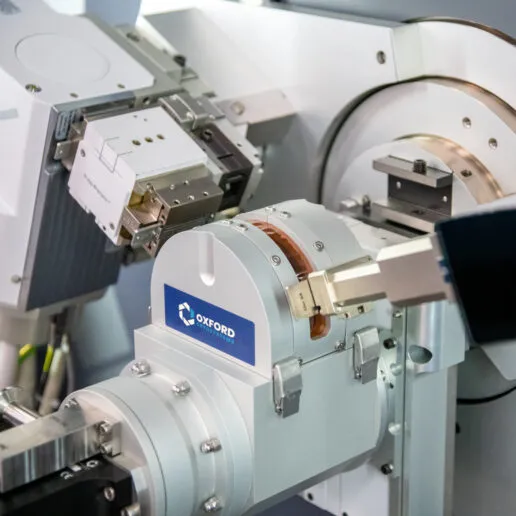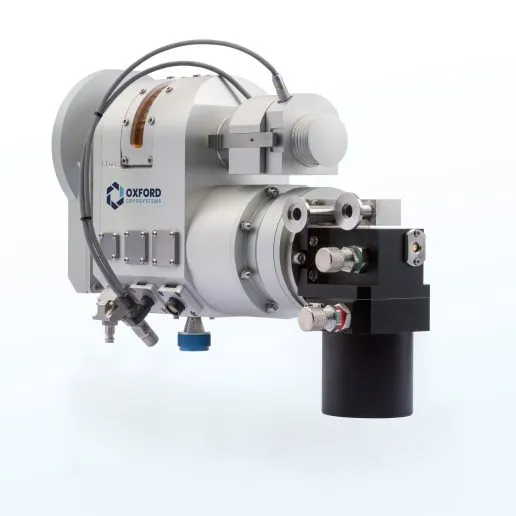Powder diffraction is a powerful technique that uses X-rays, neutrons, or electrons to probe the crystalline structure of powdered or polycrystalline materials. As the beams interact with the powder, they produce diffraction patterns that reveal vital information, such as phase composition, crystal symmetry, and lattice parameters.
While less prone to damage than single crystal diffraction, powder diffraction still involves intense radiation, which can affect sensitive samples. Prolonged exposure may cause thermal effects or radiation-induced changes.

Closed-Cycle Cryostats
Cryostats such as the Phenix and Phenix FL can stabalise samples at temperatures down to 12 K. This protects them from thermal damage while also reducing the thermal vibrations that can obscure diffraction patterns. The increased resolution from this method allows for the observation of subtle structural details and phase transitions.
For more on the latest advancements in cryogenics and its role in crystallography, subscribe to our newsletter.


